Australian World Orchestra’s fifth anniversary concerts ★★★★
These days a victorious homecoming is normally reserved for élite athletes, but since 2011 it has had an equivalent in the sphere of classical music, thanks to the creation of the Australian World Orchestra. The brainchild of Alexander Briger, this project-based orchestra unites expatriate Australians plying their trade overseas with the cream of musicians active at home, to create a supergroup of sorts. The calibre of the players has been matched or even surpassed by some of the big names who have conducted it previously, including Australia's own Simone Young (2011), Zubin Mehta (2013), and Simon Rattle (2015). In these parlous times for classical music, putting together the funding to make this dream a reality was an achievement in itself. What might have been a one-off novelty event has just celebrated its fifth anniversary with its fourth set of Sydney concerts, and is seemingly firmly established.
Continue reading for only $10 per month. Subscribe and gain full access to Australian Book Review. Already a subscriber? Sign in. If you need assistance, feel free to contact us.



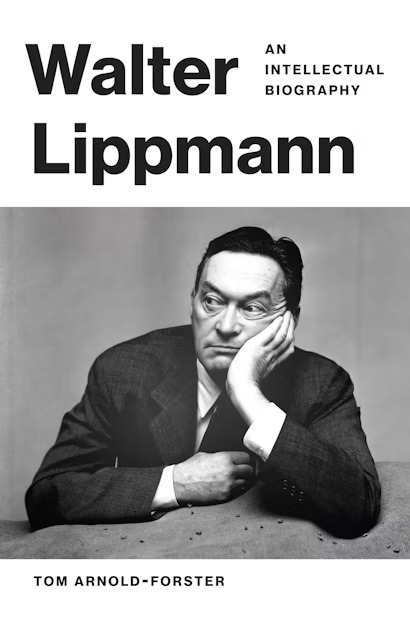
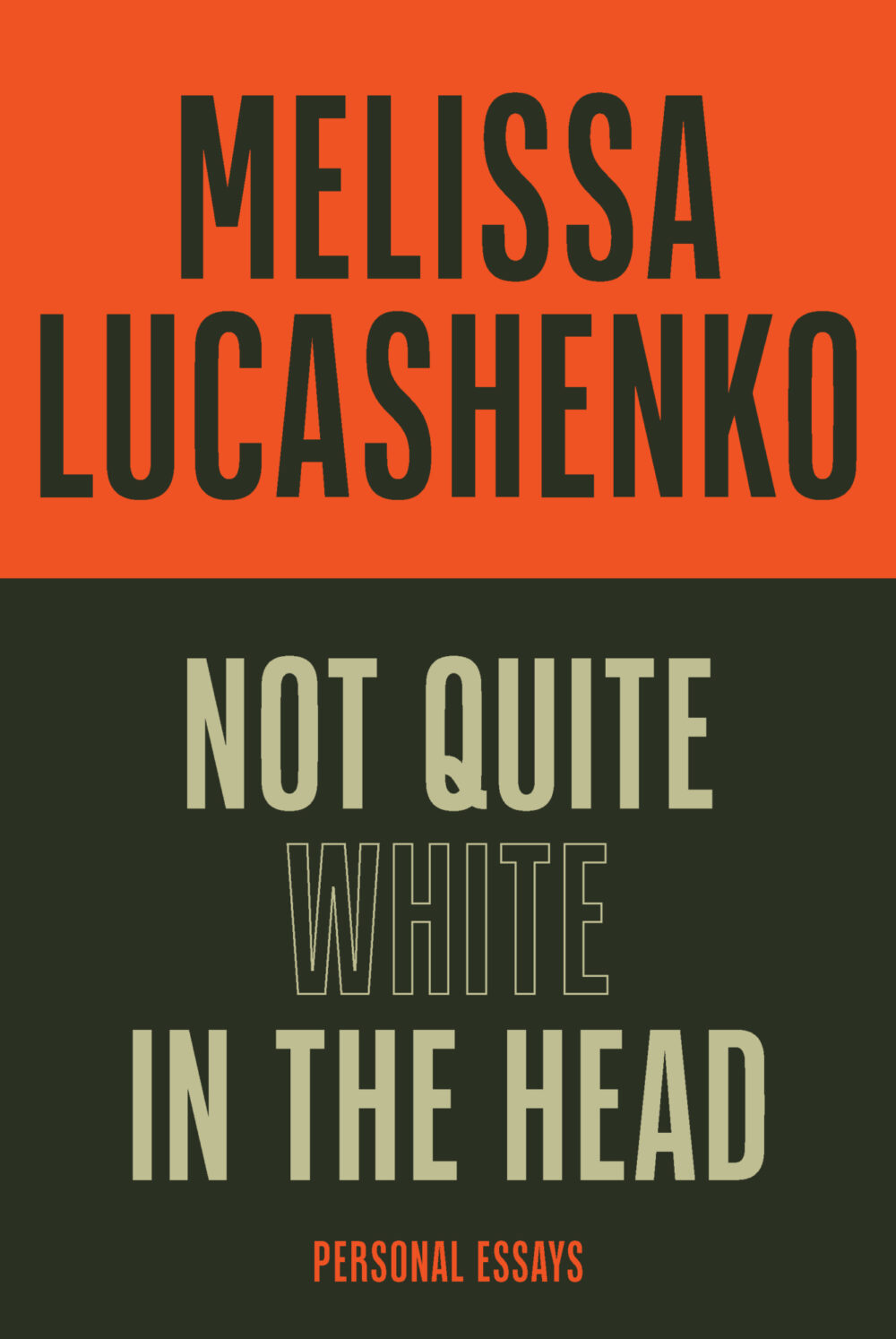
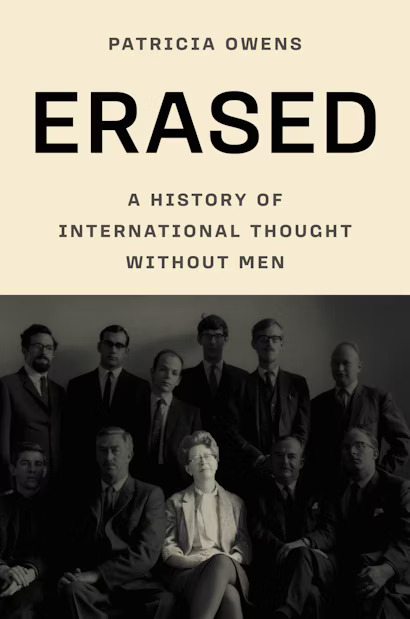
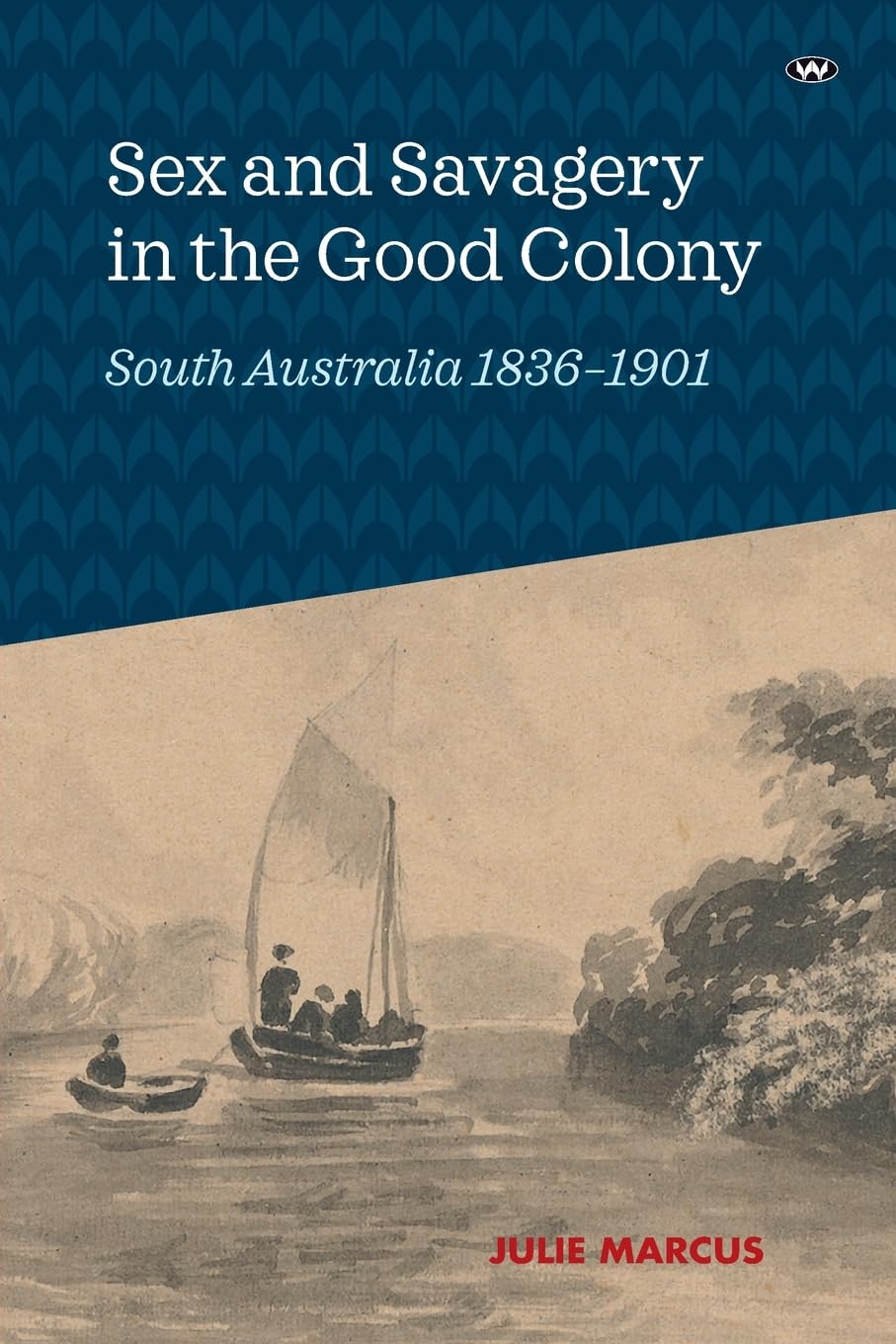

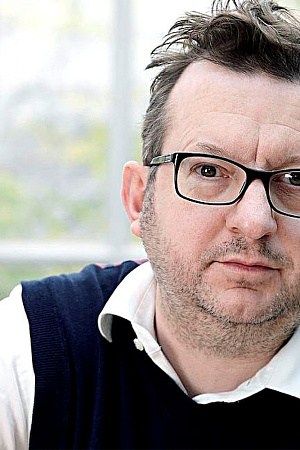
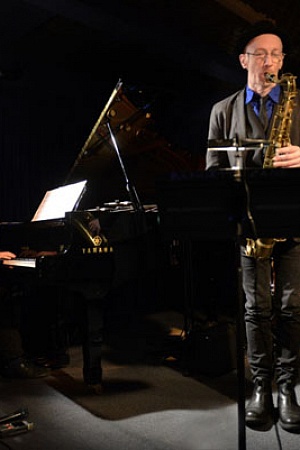
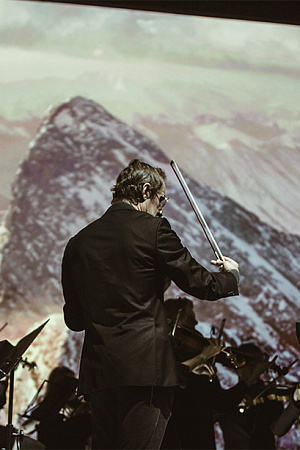
Leave a comment
If you are an ABR subscriber, you will need to sign in to post a comment.
If you have forgotten your sign in details, or if you receive an error message when trying to submit your comment, please email your comment (and the name of the article to which it relates) to ABR Comments. We will review your comment and, subject to approval, we will post it under your name.
Please note that all comments must be approved by ABR and comply with our Terms & Conditions.